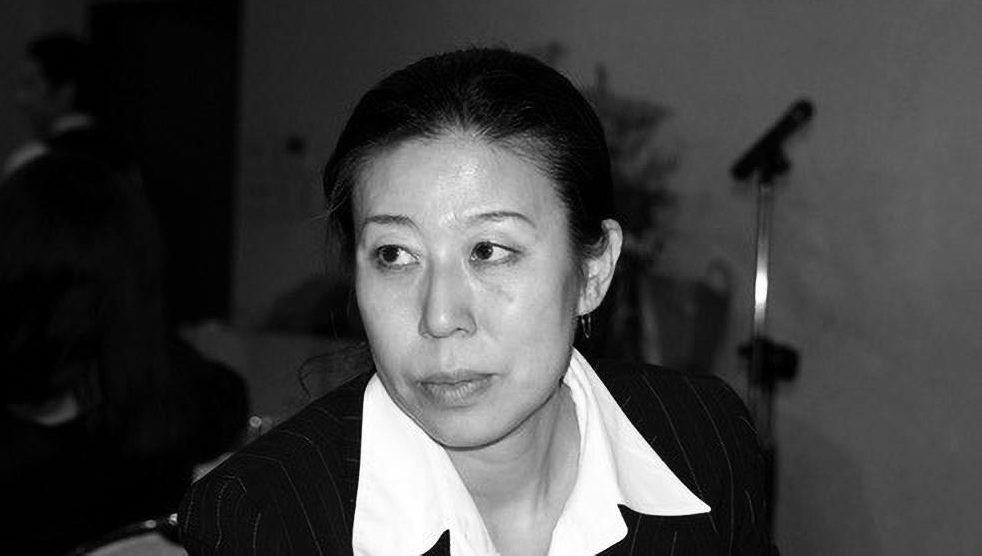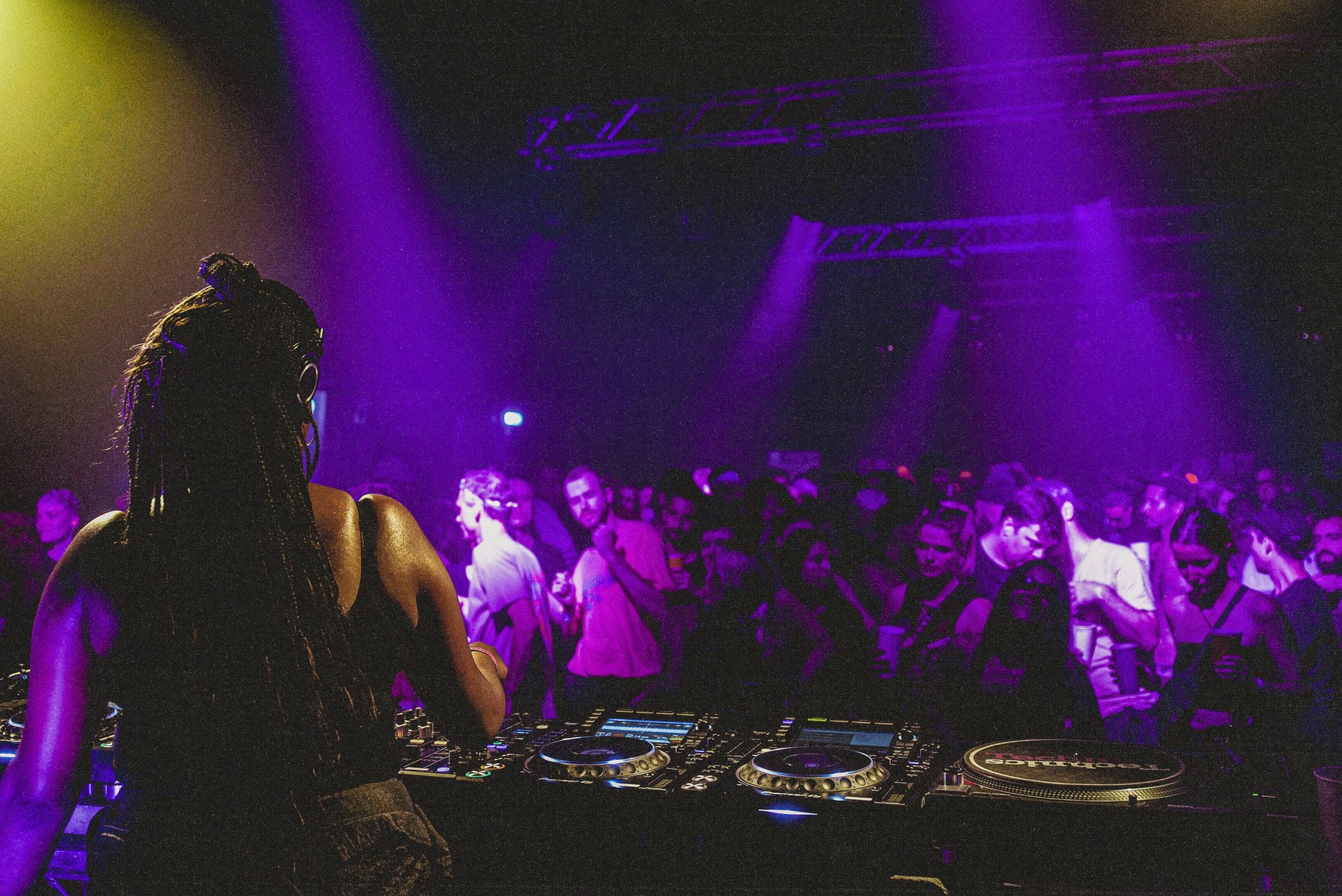
Kazue Yokoi, music journalist and author, shares essay for REMAIIN
The essay examines the Japanese alternative scene in the early 2000s and the role of now-defunct gallery and performance space Off Site.
Japanese journalist and author Kazue Yokoi has shared an essay as part of the REMAIIN (Radical European Music and its Intercultural Nature) initiative. The project, which launched in 2020, investigates non-European cultural influences on avant-garde and experimental music. In keeping with the REMAIIN ethos, Yokoi’s essay reflects on now-defunct gallery and performance space Off Site and the role it played within the Japanese alternative music scene in the early-00s and beyond.
The essay commences with some context on the venue’s location (“a few minutes on foot from Yoyogi Station in Tokyo”) and the building itself. “The Off Site venue opened in an old house in that forgotten quarter just as the Docomo Tower neared completion,” writes Yokoi. “The first floor was a gallery and free space, while the second floor was a CD/book store and café. It was the year 2000. In addition to being used as a gallery, the twelve tatami mat space (approximately 19.8 m2) on the first floor also served as a space for musicians to perform improvised and alternative music of the kind that did not fit well with established live venues.” [sic]
Continuing, she writes, “From the mid-00s, exchanges thrived between Japanese and overseas musicians, and many a foreign musician visited there.” [sic]
Yokoi goes onto discuss the Onkyô-ha music movement – which is commonly referred to by international audiences as Onkyo. The movement was characterised by minimalism and quiet improvisation. Writers and academics covering the movement considered it to be born out of Off Site and the artists who spent time at the venue.
“Was Off Site comparable then, to Minton’s Playhouse for bebop or CBGBs for punk in New York City?” Yokoi asks. “As one who was familiar with Off Site, the idea does not sit comfortably with me. Yet we would also do well not to disregard the interrelation between the venue and the music scene.”
Later in the essay, Yokoi considers Off Site’s evolution both as a venue and a cultural hub. “Off Site grew into an intersection of international improvised music,” she writes. “Visiting musicians brought its name back to their communities and the venue was incorporated into their networks…For musicians of improvised and alternative music, this type of interchange has been an unbroken tradition for many decades dating back to the free music scene. Yet it was not until twenty years ago that these exchanges became as active as they are today, with Japanese musicians routinely inviting and booking visitors from overseas, or foreign musicians coming to Japan relying purely on personal connections.”
She also reflects on the site-specific nature of the sounds permeating throughout the venue. “Live performance at Off Site was not just about volume,” she says, “it also needed to address the character of that twelve mat space with white walls, including restrictions on loud levels.”
Read the essay in full on the REMAIIN website, where you can also learn more about the project.



